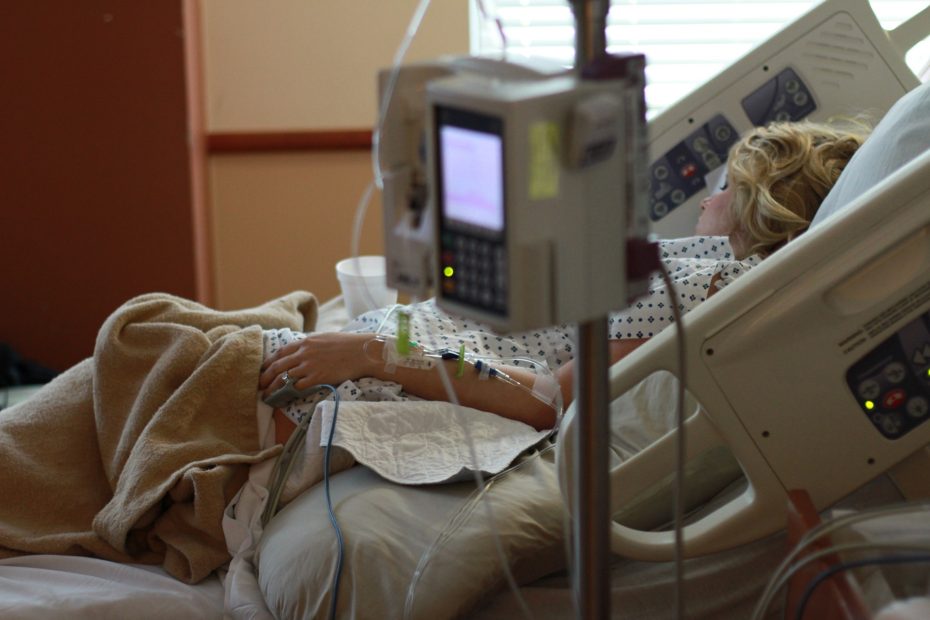| By Julie Grimstad The goal of palliative care is to relieve symptoms—including pain and stress—at any stage in a serious illness. Palliative care can be provided in conjunction with curative or life-prolonging treatment. Hospice is a subset of palliative care. Hospice provides comfort care when a person no longer has curative options or has chosen to forgo treatment because the burdens of treatment outweigh the benefits. The founding principles of hospice were to maintain dignity, to increase quality of life, and to provide comfort and pain control. When these principles are followed and staff members are trained in proper pain management, hospice can be a blessing for people in need of expert end-of-life care. Unfortunately, there is a growing trend to misapply palliative medications to make people die, particularly in the hospice care setting. Because people who are receiving hospice care have a limited life-expectancy, it is the “ideal” setting for stealth euthanasia. The term “stealth euthanasia” means to cause a patient’s death while pretending to provide appropriate end-of-life care. Patients and families must be vigilant. “Numerous reports from families of hospice and palliative care patients indicate that a one-size-fits-all pattern of administering a combination of opioids and anti-anxiety drugs has emerged. Whether or not patients have pain and/or agitation, they may begin to receive these drugs upon admission.” [Quote from “Drugs Commonly Used in Hospice and Palliative Care,” Making a Difference, A Guide for Defending the Medically Vulnerable, www.halovoice.org] Here is a typical report that HALO receives from grieving family members. Their loved one was alert and not complaining of pain. After admission to hospice, increasingly frequent and larger doses of pain medications, anti-anxiety drugs, and sedatives were administered to the point where he or she was sleeping all the time and could not eat or drink. Some reported that patients were denied usual medications to control blood pressure, diabetes, heart disease, infections, etc. Is hospice an antidote to assisted suicide? Sometimes, hospice is promoted as an antidote to assisted suicide. There is merit in the argument that we should ensure patients don’t commit suicide because they are not receiving adequate treatment to manage pain and other symptoms. However, Oregon’s experience suggests that hospice care is not an antidote to assisted suicide. In 2020, it was officially reported that 95% of patients who killed themselves using Oregon’s so-called “death with dignity” law were enrolled in hospice at the time of death.[1] It is significant that the American Academy of Hospice and Palliative Medicine (AAHPM) “takes a position of studied neutrality on the subject of whether PAD [physician-assisted death] should be legally permitted or prohibited.”[2] Neutrality gives the green light to assisted suicide as surely as support does. Also, there is more than one way to assist a suicide. For instance, some hospices facilitate Voluntary Stopping Eating and Drinking (VSED), particularly in states that do not permit physicians to prescribe drugs for patients to commit suicide. VSED means that a patient, who is capable of eating and drinking, chooses to refuse food and fluids with the intention to cause death. This is suicide. When a hospice supports this decision by providing palliative care as the patient starves and dehydrates to death, the suicide is assisted – not prevented – by the hospice. The only real antidote to assisted suicide is to make it illegal everywhere, in all circumstances, and by any means. The law is a great teacher. [1] https://www.oregon.gov/oha/PH/PROVIDERPARTNERRESOURCES/EVALUATIONRESEARCH/DEATHWITHDIGNITYACT/Documents/year23.pdf [2] http://aahpm.org/positions/pad For information on end-of-life care, visit HALO’s site at halovoice.org. |
